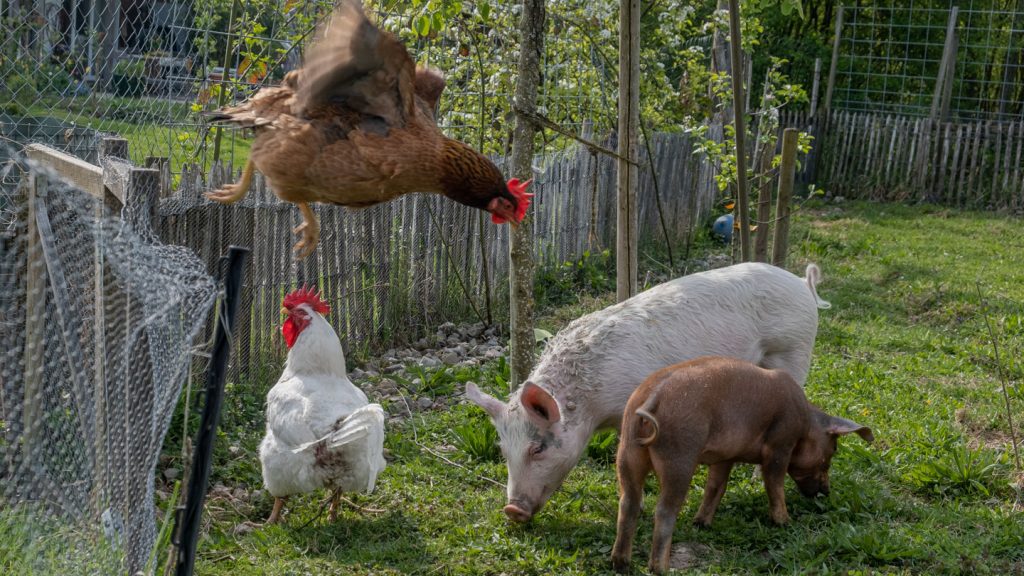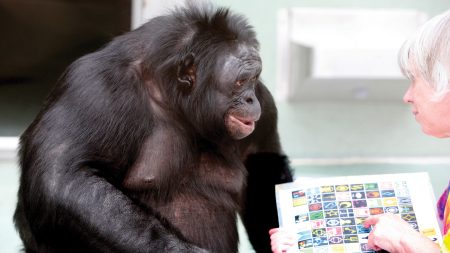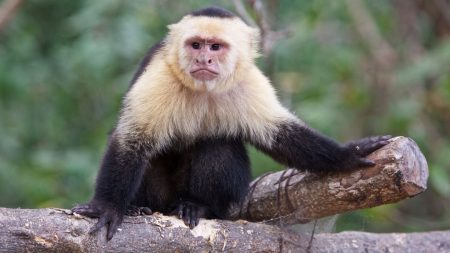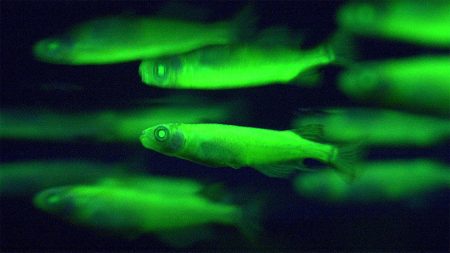An outbreak of bird flu in poultry on a backyard farm in central Oregon has raised concerns after at least one pig on the farm was found to be infected with the H5N1 strain of the virus. This is the first known case of a pig in the United States being infected with this strain, which has prompted alarm due to the role pigs play as potential mixing vessels for influenza viruses. While the infection is currently limited to one farm, there are fears that genetic mutations in the virus could increase the risk to humans.
Following the discovery of the infected pig, other animals on the farm, including sheep and goats, have been quarantined to prevent the further spread of the virus. USDA officials have stated that since the pigs on the farm were not intended for consumption, there is no immediate concern for the U.S. pork supply. However, the continued spread of H5N1 among wild birds and mammals, as well as an outbreak in U.S. dairy cows, highlights the ongoing threat posed by the virus.
Pigs are considered a unique threat when it comes to influenza due to their ability to serve as hosts for both bird and human flu strains. This allows for the possibility of reassortment, a process in which viruses swap genes and potentially develop strains that are more adept at infecting humans. The mixing of bird and human viruses in pigs has historically been linked to major influenza outbreaks, including the 1918 pandemic and the 2009 swine flu pandemic.
Researchers are closely monitoring the spread of H5N1 in the U.S. since its emergence in 2022, looking for mutations in the virus that could indicate an adaptation to mammal-to-mammal transmission. While some genetic changes have been identified in animal samples, such as sea lions and cattle, the specific alterations needed for avian flus to efficiently spread among humans have not yet been observed conclusively. The potential risk of a human pandemic from H5N1 remains theoretical at this stage.
Although H5N1 viruses have historically spread poorly among pigs, recent reports indicate that swine are susceptible to certain strains of H5N1 from the ongoing outbreak. If the virus were to spread to more pigs on larger farms, the risk of a human pandemic could increase significantly. As such, continued vigilance and containment efforts are essential to prevent the virus from amplifying and posing a greater threat to human health.















